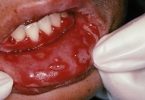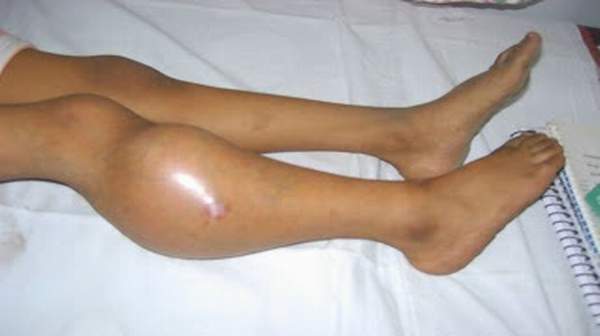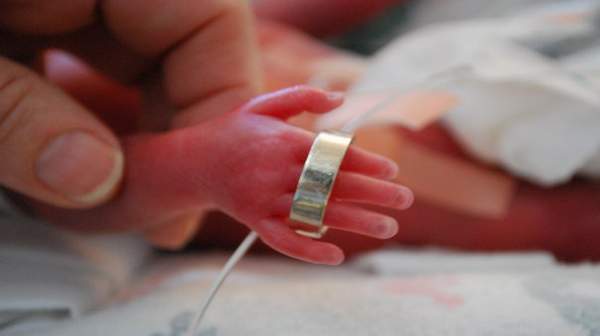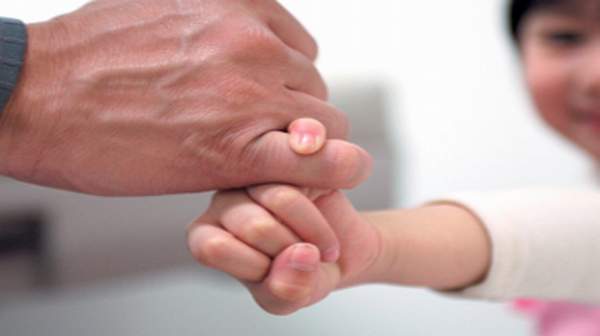What's in this article?
Sudden infant death syndrome (SIDS) is the unexplained death, usually during sleep, of a seemingly healthy baby less than a year old. SIDS is sometimes known as crib death because the infants often die in their cribs.
Although the cause is unknown, it appears that SIDS may be associated with abnormalities in the portion of an infant’s brain that controls breathing and arousal from sleep.
Researchers have discovered some factors that may put babies at extra risk. They’ve also identified some measures you can take to help protect your child from SIDS. Perhaps the most important measure is placing your baby on his or her back to sleep.
What causes SIDS?
The exact cause of SIDS is unknown, but it’s thought to be down to a combination of factors.
Experts believe SIDS occurs at a particular stage in a baby’s development, and that it affects babies who are vulnerable to certain environmental stresses.
This vulnerability may be caused by being born prematurely or having a low birthweight, or because of other reasons not yet identified.
Environmental stresses could include tobacco smoke, getting tangled in bedding, a minor illness or a breathing obstruction. There’s also an association between co-sleeping (sleeping with your baby on a bed, sofa or chair) and SIDS.
Babies who die of SIDS are thought to have problems in the way they respond to these stresses and how they regulate their heart rate, breathing and temperature.
Although the cause of SIDS isn’t fully understood, there are a number of things you can do to reduce the risk.
What are the symptoms?
SIDS has no symptoms or warning signs. Babies who die of SIDS seem healthy before being put to bed. They show no signs of struggle and are often found in the same position as when they were placed in the bed.
How is SIDS diagnosed?
SIDS is named the cause of death only when no other cause is found. To find out why a baby died, medical experts review the baby’s and parents’ medical histories, study the area where the baby died, and do an autopsy.
Risk factors
Although sudden infant death syndrome can strike any infant, researchers have identified several factors that may increase a baby’s risk. They include:
- Sex. Boys are more likely to die of SIDS.
- Age. Infants are most vulnerable during the second and third months of life.
- Race. For reasons that aren’t well-understood, black, American Indian or Eskimo infants are more likely to develop SIDS.
- Family history. Babies who’ve had siblings or cousins die of SIDS are at higher risk of SIDS.
- Secondhand smoke. Babies who live with smokers have a higher risk of SIDS.
- Being premature. Both being born early and having low birth weight increase your baby’s chances of SIDS.
What can I do to help prevent SIDS?
Below is a list of things you can do to help prevent SIDS.
Do:
- Always place your baby on their back to sleep.
- Place your baby in the “feet to foot” position (with their feet touching the end of the cot, Moses basket, or pram).
- Keep your baby’s head uncovered. Their blanket should be tucked in no higher than their shoulders.
- Let your baby sleep in a cot or Moses basket in the same room as you for the first six months.
- Use a mattress that’s firm, flat, waterproof and in good condition.
- Breastfeed your baby (if you can).
Don’t:
- Smoke during pregnancy or let anyone smoke in the same room as your baby (both before and after birth).
- Sleep on a bed, sofa or armchair with your baby.
- Share a bed with your baby if you or your partner smoke or take drugs, or if you’ve been drinking alcohol.
- Let your baby get too hot or too cold. A room temperature of 16-20C, with light bedding or a lightweight baby sleeping bag, will provide a comfortable sleeping environment for your baby.





